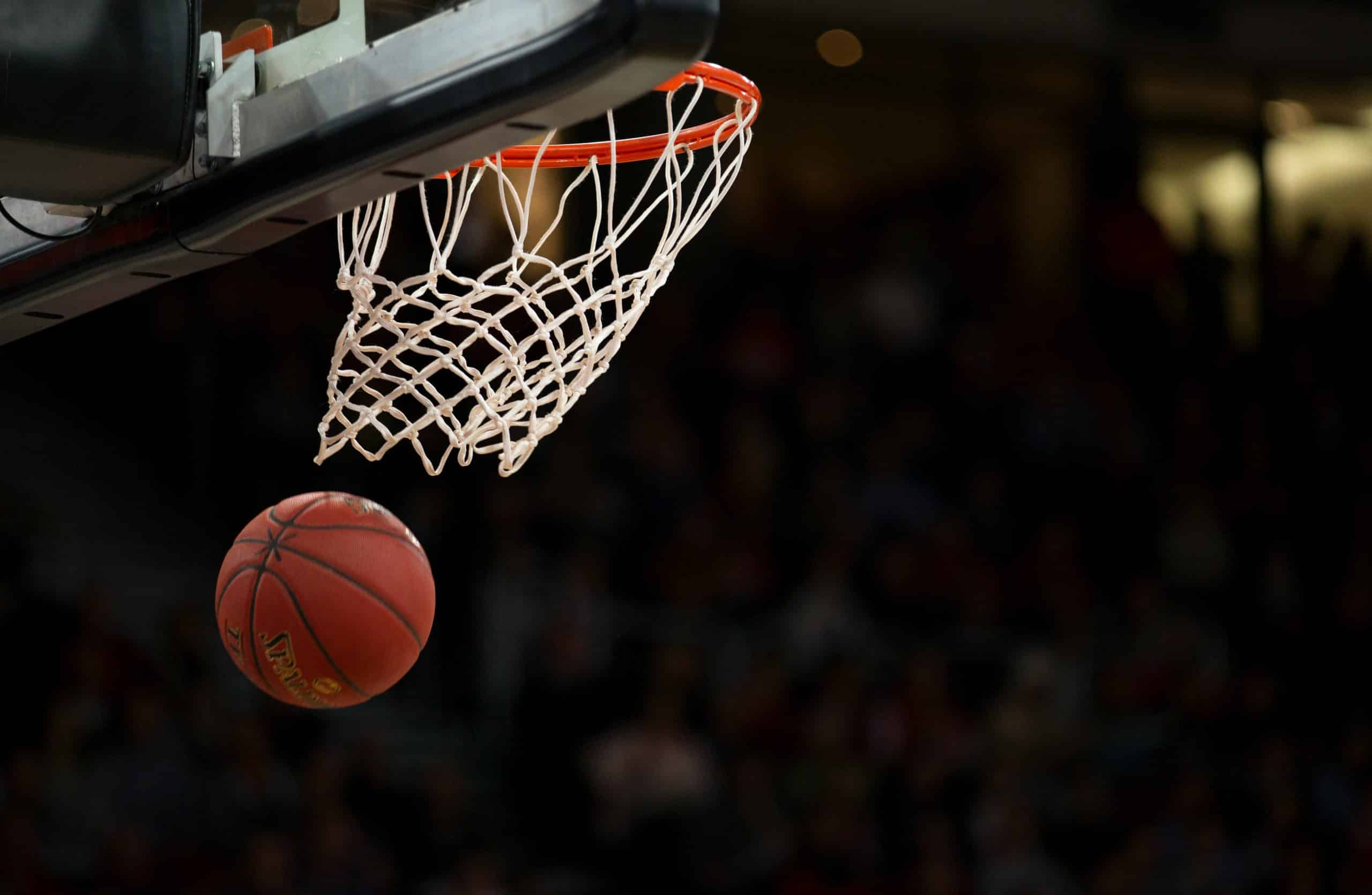The sport of basketball has evolved tremendously over the years, with shifting tactics, player development, and advancements in training methodologies. As the level of competition heightens, individual player skills have become increasingly important. One key skill that coaches and scouts consistently pay great attention to is one-on-one defense. This article aims to shed light on the structuring of individual defensive drills to help UK basketball players enhance their one-on-one defense capabilities.
Understanding the Importance of One-on-One Defense
Before diving into the structuring of defensive drills, it’s crucial to understand the value of one-on-one defense in the game of basketball. A player’s ability to guard their opponent individually can greatly influence the overall performance of the team’s defense.
A voir aussi : What specific recovery methods should be utilized by UK basketball players after ankle injuries?
Basketball is a sport that requires a high level of individual skill, while simultaneously calling for a strong sense of team unity and strategy. A team is only as strong as its weakest link, and in basketball, that often refers to the defensive capacity of individual players. A player who can effectively engage in one-on-one defense can inhibit the offensive flow of the opposing team, reducing their scoring opportunities and disrupting their game plan.
The importance of one-on-one defense in basketball is well-documented in sporting studies. For instance, Google Scholar lists numerous research papers exploring this topic, highlighting the correlation between individual defense and team success. Crossref and DOI-linked articles further underscore the importance of developing these specific skills in basketball players.
A lire aussi : Which strategies can UK basketball coaches employ to maximize player potential during the offseason?
Structuring Individual Defensive Drills
Effective training in basketball is characterized by systematic planning and execution. To elevate a player’s one-on-one defensive capacity, coaches must structure their drills meticulously, focusing on the essential aspects of defensive play.
The first step in structuring these drills is to focus on the player’s stance and footwork. The defensive stance, also known as the athletic stance, is the foundation of all defensive movements on the court. It allows players to move quickly and change directions to keep up with their opponents. Drills should be designed to help players master this stance and improve their agility and foot speed.
Secondly, drills must aim to enhance the player’s ability to read the offensive player’s movements and react accordingly. This includes anticipating dribbles, shots, and passes, and requires the development of quick reflexes and decision-making skills. Drills can be designed to simulate these situations, allowing players to gain experience and improve their reaction times.
Implementing Defensive Drills in Practice
Once the drills are structured appropriately, the next step is their effective implementation in practice. The key here is consistency and intensity. Each drill should be performed under close supervision, with coaches providing real-time feedback to players.
Basketball games are fast-paced and require a high level of stamina. Therefore, these drills should also be high-intensity, allowing players to build their endurance while also improving their defensive skills. Moreover, the drills should be varied in each practice session to prevent monotony and to challenge the players in different defensive scenarios.
Further, the use of technology can greatly aid this implementation process. Applications such as Google’s sports analytics tools can provide data-driven insights to monitor player progress, identify areas of weakness, and tailor the drills accordingly.
The Role of the Coach
The coach plays an integral role in the development of a basketball player’s one-on-one defense skills. The coach is not only responsible for structuring and implementing the drills but also for providing continuous guidance and encouragement to the players.
Coaches must demonstrate a thorough understanding of the sport and its intricacies, enabling them to impart their knowledge to the players effectively. They need to be able to identify each player’s strengths and weaknesses, and adjust the drills accordingly.
Moreover, coaches play a crucial role in instilling a defensive mindset in the players. They must emphasize the importance of defense in winning games, and inspire the players to take pride in their defensive skills.
Conclusion
In conclusion, structuring individual defensive drills for basketball players involves a comprehensive understanding of the sport, meticulous planning, and effective implementation. The process requires the active involvement of the coach, who plays a pivotal role in guiding the players and fostering a defensive mentality. Ultimately, the goal is to enhance each player’s one-on-one defense skills, contributing to the overall success of the team.
Developing Technical and Tactical Skills
The technical and tactical components of one-on-one defense are incredibly vital. It is important to note that the execution of defensive skills varies based on the game situations. As such, the drills should not only aim to develop the technical skills of the players, but also enhance their decision-making abilities.
Players must acquire the technical skills needed for various defensive positions. This includes mastering the pick and roll defense, understanding how to guard ball screens, and developing the ability to keep up with the offensive player during a fast break. The application of these skills in different contexts is the tactical aspect of the game that players must learn.
Small sided games are a great way to develop both these elements. In these games, players often find themselves in scenarios that demand quick decision-making, and the application of technical skills. Half court and full court drills, for instance, can help players practice maintaining a defensive stance in different areas of the court.
A drill for ball player defense might involve having players guard against an offensive player in a half court setting, while a drill for zone defense might be set up in a full court scenario. The key is to create real game situations where the defensive player has to make decisions quickly.
The role of the coach in developing these skills cannot be overstated. Coaches can use performance analysis using tools such as Google Scholar to assess the effectiveness of the drills and adjust them as needed.
Building the Defensive Mindset
The road to becoming a successful defensive player in basketball extends beyond physical ability and technical skills. An equally important aspect involves developing a defensive mindset. This can be achieved by cultivating the right attitudes and habits in the players.
Coaches must emphasize that each player has a significant role to play in the team’s defense, regardless of their position on the court. Whether it is contesting a jump ball, blocking a shot, or preventing a fast break, every player must be prepared to contribute defensively.
The mindset of taking pride in one’s defense should be fostered. Coaches can do this by recognizing and praising good defensive plays during practice and games. Players should be encouraged to take on the challenge of guarding the best offensive player on the opposing team.
These mental aspects of the game are often overlooked, but they can make the difference between good and great defenders. In the end, the goal is to produce players who are not only technically sound but also possess a relentless defensive mindset.
Conclusion
The structuring of individual defensive drills for UK basketball players to improve one-on-one defense is a multifaceted process. It requires a focus on technical and tactical skills, the implementation of varied drills, and the nurturing of a defensive mindset. Coaches play an instrumental role in this process, providing guidance, feedback, and motivation. By employing a methodical and comprehensive approach, UK basketball players can significantly enhance their one-on-one defense capabilities, strengthening the overall team defense and increasing their chances of success in the game.











